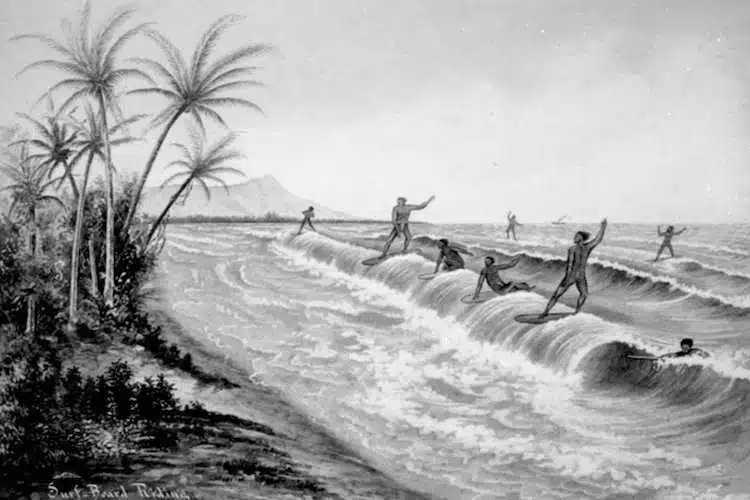Surfing Equipment: A Technological and Cultural Evolution
Surfing, the sport that is emblematic of beaches the world over, relies on specific equipment that has evolved over the decades. Understanding the different types of equipment used in surfing is essential to appreciating the complexity and diversity of this discipline.
Types of boards
1. **Shortboard**: Short and light, this board is ideal for fast manoeuvres and hollow waves. It generally measures between 5'6'' and 7'0''.
2. **Longboard**: Longer and more stable, this board is perfect for beginners and those looking for a smooth ride. It measures between 8'0'' and 12'0''.
3. **Fish** : Shorter and wider, with a tail shaped like a fish, this board is ideal for small waves.
Materials
The first boards were made of solid wood, but today they are mainly made of polyurethane foam covered with fibreglass and polyester resin. Modern planks also use materials such as EPS (expanded polystyrene) foam and epoxy resins, offering greater lightness and durability.
Fins
Fins play a crucial role in the board's stability and direction. There are different fin systems:
- Single fin**: A single central fin, typical of longboards, for a smooth glide.
- Twin fin**: Two fins, often used on fish, for greater speed and manoeuvrability.
- Thruster**: Three fins, the most common, offering a good balance between stability and performance.
- Quad fin**: Four fins for more speed and control in big waves.
Leashes
The leash, attached to the surfer's ankle and the back of the board, is essential to prevent losing the board after a fall. It comes in different lengths and thicknesses, depending on the type of board and surfing conditions.
Surf Wetsuits
Wetsuits allow you to surf in colder waters, offering thermal insulation and protection against the elements. They are made from neoprene, a flexible, insulating material. Wetsuits vary in thickness (3/2 mm, 4/3 mm, etc.) depending on the water temperature.
Wax and pads
Wax, applied to the surface of the board, improves the grip of the surfer's feet. The pads, or grips, are adhesive foam surfaces placed on the back of the board for better traction.
Conclusion
Surfing equipment is constantly evolving, combining tradition and innovation. From solid wood boards to modern composites, every piece of equipment contributes to improving the surfer's performance and experience. Whether you're a beginner or a professional, choosing the right equipment is crucial to making the most of the waves and getting the most out of this exciting sport.

